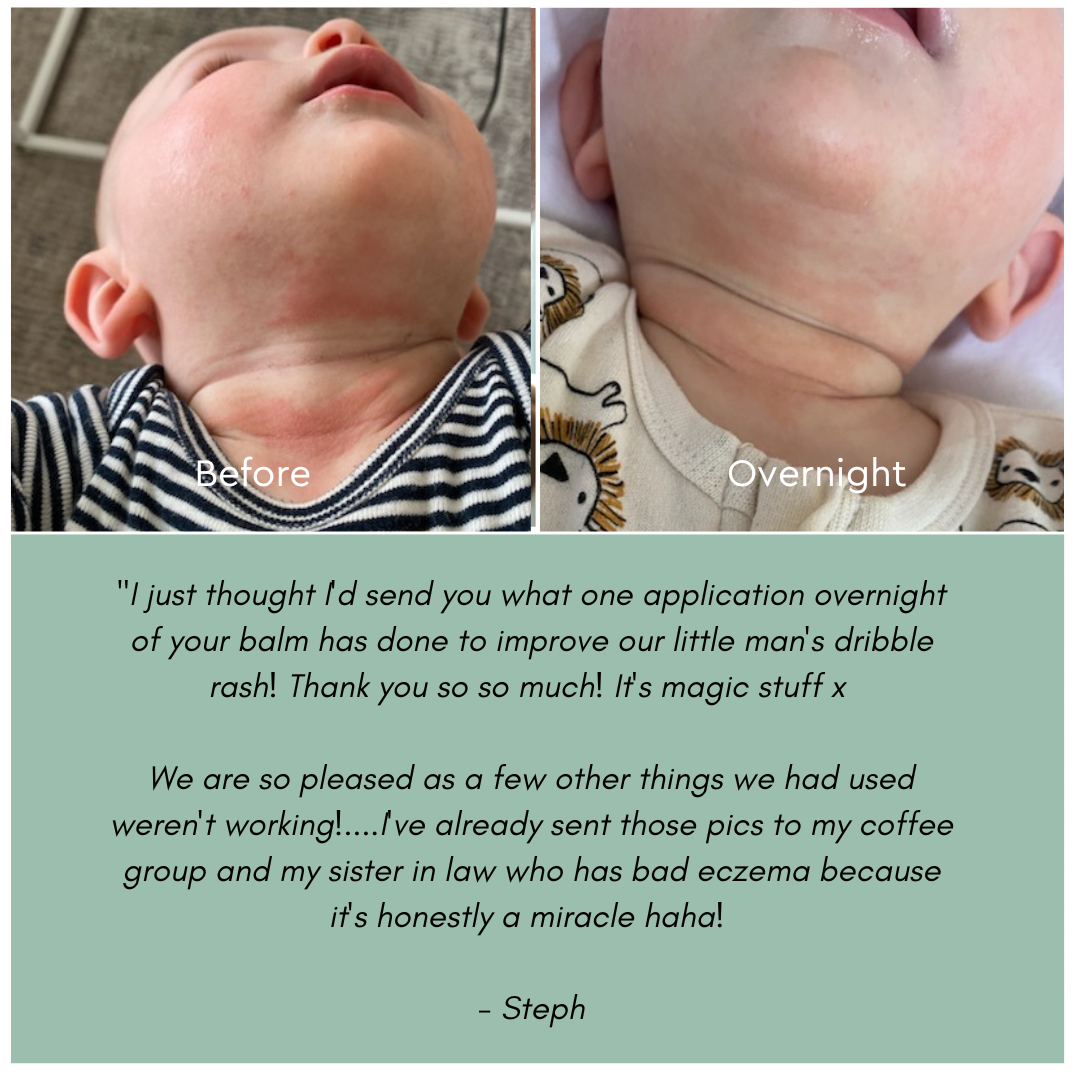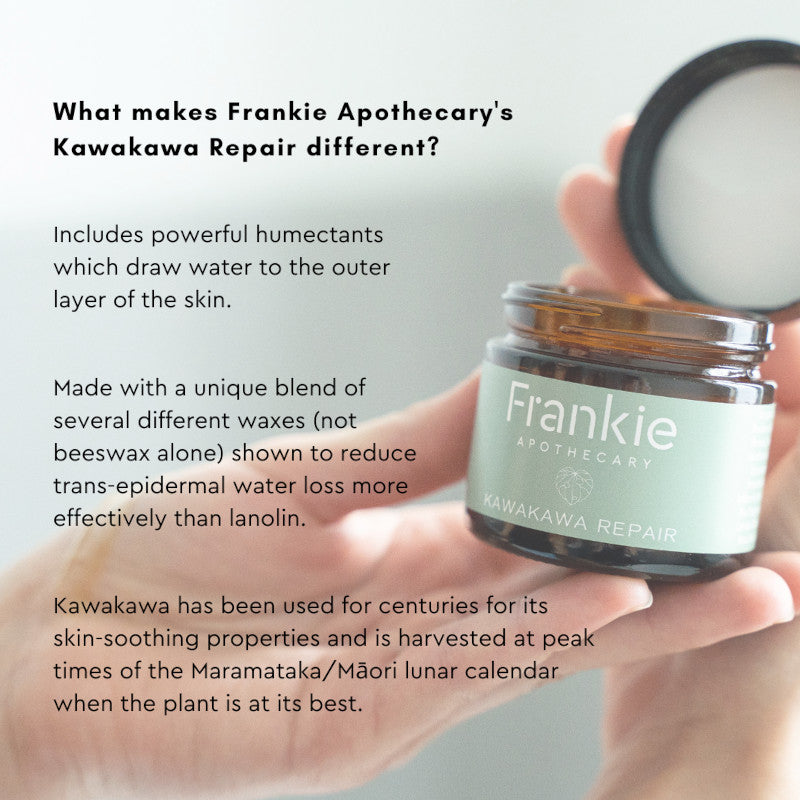Over summer, one of our favourite products in the Frankie family is the Natural Sunscreen with Antioxidants. Since it was developed in 2016, it’s been so popular especially with Mamas as it’s safe to use on little ones, offers high sun protection, is broad spectrum and has zero chemical filters and preservatives.
Back in 2017 it flew through its broad-spectrum and SPF testing, so we jumped at the chance to be part of Consumer magazine’s 2019 summer sunscreen testing.
Again, the Frankie sunscreen came through its broad spectrum testing with flying colours. Its sun protection factor was also tested and while it was classified as high, it came in at 38.4; below its 2017 test of SPF50. That’s something we didn’t expect and are really disappointed about.
While an SPF of 38 is respectable and is classified as high protection and broad spectrum, it’s not what was stated on the label.
As a small New Zealand owned and operated company, our priority for Frankie is to make sure our products are high quality and accurately reflect their contents. It’s important to us to ensure that any claims, especially in relation to sun protection, are 100% accurate. That’s why we have moved swiftly to make some changes.
From now on, our All-Natural Sunscreen with Antioxidants will be labelled as SPF35 so that it accurately reflects its sun protection factor. We want to assure you that this is still a great broad-spectrum product that offers a high level of sun protection.
The big question for us is why the sunscreen SPF rating is lower than expected?
We’ve talked to our manufacturer and they’ve assured us that since the sunscreen was originally tested in 2017, the ingredients and formula have not changed. It’s puzzling that the same product - tested by the same company both times - has come out with such a different result.
We’re now working with our manufacturer to understand what’s happened. From what we’ve learnt, a zinc sunscreen is trickier to make than a chemical sunscreen, because the zinc particles need to be dispersed thoroughly and evenly throughout the product – it turns out that can be difficult to achieve perfectly every time.
Differences between SPF ratings
The Cancer Council states that SPF50+ filters out 98% of UVB radiation, while SPF30 blocks out 96.7% of UVB - this is only 1.3% more protection. An SPF50 Sunscreen still needs to be reapplied every 2 hours and after swimming and exercise, and applied correctly.
The American Cancer Society recommends a sunscreen with an SPF of at least 15, and the American Academy of Dermatology suggests 30.
With the revised SPF of 35, this is a product you can use with confidence as an effective, preservative free, all-natural sunscreen that delivers a high level of sun protection. As with all sunscreen, it is important to apply it properly and re-apply every few hours.
What’s next?
The difference we’ve seen between the original results and the latest Consumer tests has convinced us we should move to voluntary annual testing. That way we can give all our customers total confidence that we are true to label.
We’ll also be looking into how we can reformulate the sunscreen to make it easier to apply, while still offering a high level of sun protection, as some customers have told us they’d like a slightly lighter-weight version. We are committed to making the best product we can while sticking with an all-natural formulation.
Got a question? Please get in touch with Georgina.
Nga mihi nui,
Georgina & Matt





















2 comments
I initially purchased ‘Frankie’ hoping it would heal a facial dry skin problem. However whilst this was unsuccessful, my husband and I were also experiencing toenail fungal. So we decided to try ‘Frankie on this’ and hey presto! It worked immediately. Our last jar has since been passed onto family in Australia who also had the same problem. It worked first time for them too. Frankie is a winner with us for sure.
Your stance inspires trust. Thank you for your transparency and clear sense of responsibility to your clients. I love your sunscreen and won’t be changing. 35 SPF is fine for me (though I know that’s not the point).
One has to wonder about the variables in testing procedures.
Keep doing what you’re doing.